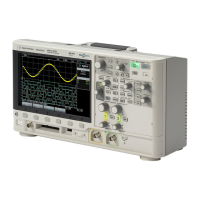
Do you have a question about the Agilent Technologies DSO-X-2024A and is the answer not in the manual?
| Brand | Agilent Technologies |
|---|---|
| Model | DSO-X-2024A |
| Category | Test Equipment |
| Language | English |
Explains how an oscilloscope measures and displays voltage as a function of time for circuit analysis.
Compares oscilloscope adjustment to using a microscope for clear waveform visualization.
Describes the Autoscale feature for automatic waveform acquisition and display setup.
Provides a guideline on using Autoscale sparingly to avoid appearing as a novice user.
Explains the benefit of measuring multiple waveforms simultaneously for circuit analysis.
Details the power switch and the four channel input terminals for signal connection.
Describes controls for adjusting voltage (vertical) and time (horizontal) scales for waveform display.
Explains the function of the Autoscale, Run-Stop, and Single measurement acquisition buttons.
Details the context-sensitive softkeys and the multi-function entry knob for settings adjustment.
Covers keys for taking measurements, using cursors, and saving waveform data.
Identifies the USB port for connecting external storage devices.
Covers powering on the oscilloscope and making physical connections to the circuit under test.
Details the process of using Autoscale and then manually adjusting time/voltage scales for optimal display.
Explains how to use measurement functions and cursors to analyze waveform data.
Guides on saving waveform screen captures to a flash drive for documentation.
Instructions for setting up the voltage divider circuit and connecting it to the oscilloscope channels.
Steps to use Autoscale and manually adjust time/vertical scales for clear waveform display.
Demonstrates using cursors to measure time differences and voltage levels on traces.
Instructions on saving screen images and further exploration of oscilloscope functions.
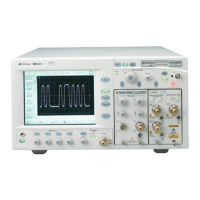

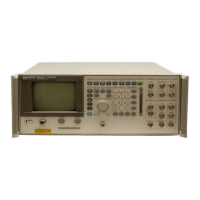
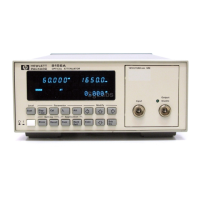

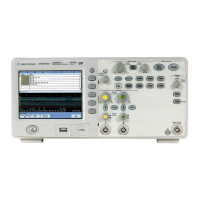
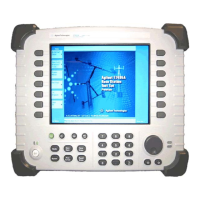
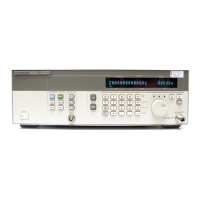

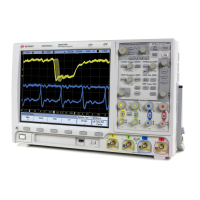

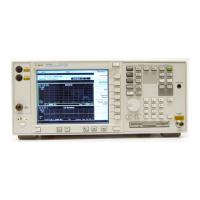
